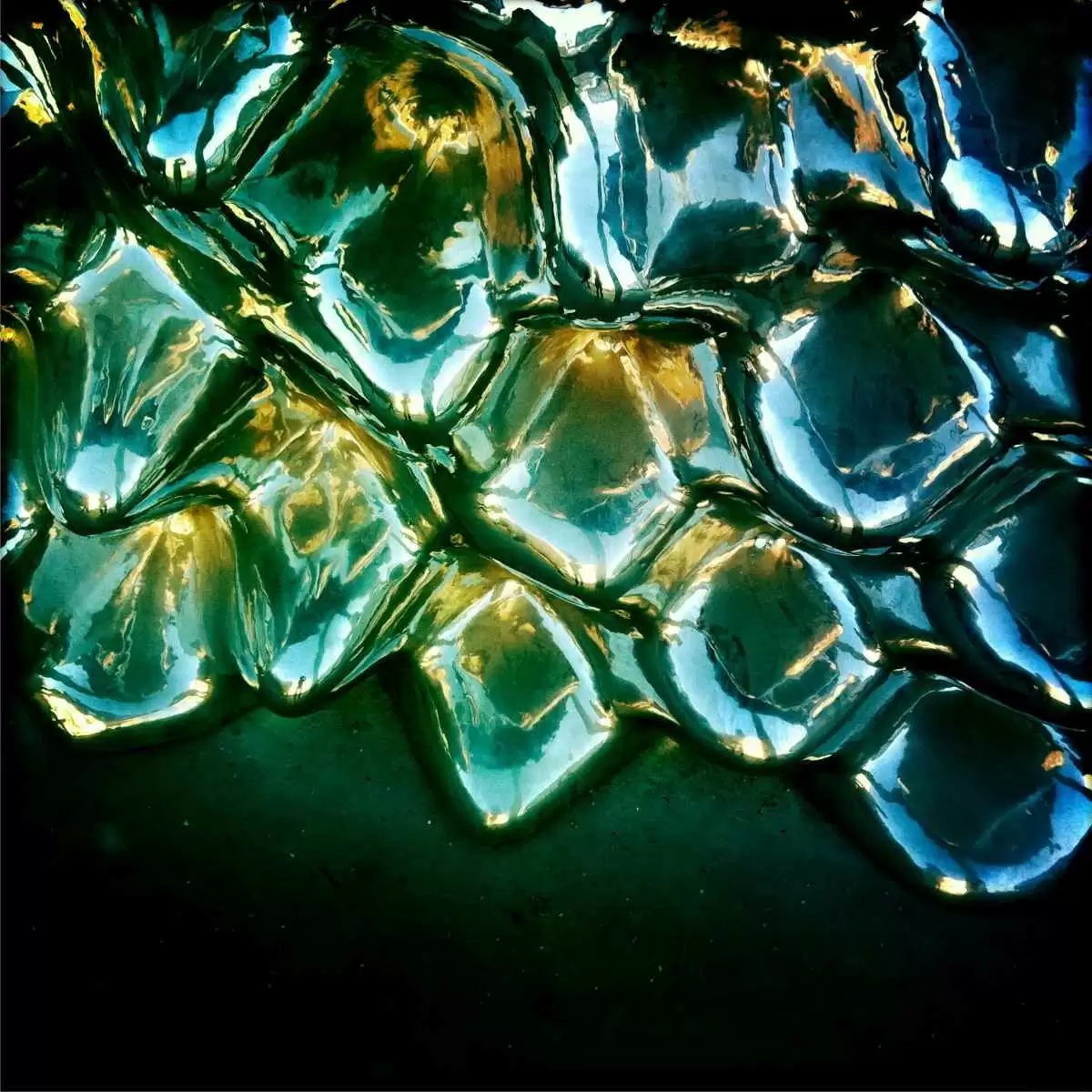Celiac.com 12/21/2023 - Celiac Disease is a chronic intestinal condition affecting over 1% of the global population, and has long been treated with a gluten-free diet. However, limitations in efficacy and challenges for certain patient groups have spurred research into alternative treatments.
A team of researchers recently set out to explore emerging pharmacological approaches for celiac disease, considering tolerance induction strategies, tissue transglutaminase (TG2) inhibition, gluten degradation, and interleukin (IL)-15 inhibition.
Celiac.com Sponsor (A12):
The research team included Tessa Dieckman, Frits Koning, and Gerd Bouma. They are variously affiliated with the Department of Gastroenterology and Hepatology, Amsterdam UMC, location VU Medical Center, AGEM Research Institute, Amsterdam, the Netherlands, and the Department of Immunology, Leiden University Medical Center, Leiden, the Netherlands.
While a gluten-free diet remains safe and effective for most celiac disease patients, the study underscores the need for novel treatments that offer at least comparable efficacy and safety, considering potential higher costs associated with pharmacological options.
The Review Highlights the Ongoing Investigation of Various Treatment Modalities
Tolerance Induction: Nanoparticles loaded with gluten extract (TAK-101) show promise by inducing tolerance and decreasing gluten-induced mucosal injury.
TG2 Inhibition: Inhibiting TG2 is another avenue of interest, potentially affecting gluten-induced mucosal injury. PRV-015 (AMG 714) and the anti-gliadin antibody (AGY) are under scrutiny, demonstrating efficacy in improving clinical symptoms.
Enzyme Therapy: TAK-062, an enzyme therapy, exhibits efficient gluten degradation in vivo, a crucial aspect for preventing gluten-specific CD4 T cell responses in the small intestine.
While drugs like TAK-101 and TG2 inhibitors reveal promise in decreasing mucosal injury, others, such as PRV-015 and AGY, exhibit efficacy in symptom improvement. Enzyme therapy, represented by TAK-062, holds potential for degrading gluten effectively, with applications either as an adjunct to a gluten-free diet or in preventing symptoms due to gluten contamination.
The review emphasizes the diversity in immunological and clinical responses among celiac disease patients to varying gluten amounts, necessitating further investigation.
In conclusion, the active research in novel celiac disease treatment modalities holds promise for unmet patient needs. However, questions regarding efficacy and safety endpoints must be addressed before these treatments can be integrated into standard celiac disease care. Until then, the gluten-free diet remains the primary treatment for celiac disease.
Read more in Sciencedirect.com










Recommended Comments
Create an account or sign in to comment
You need to be a member in order to leave a comment
Create an account
Sign up for a new account in our community. It's easy!
Register a new accountSign in
Already have an account? Sign in here.
Sign In Now